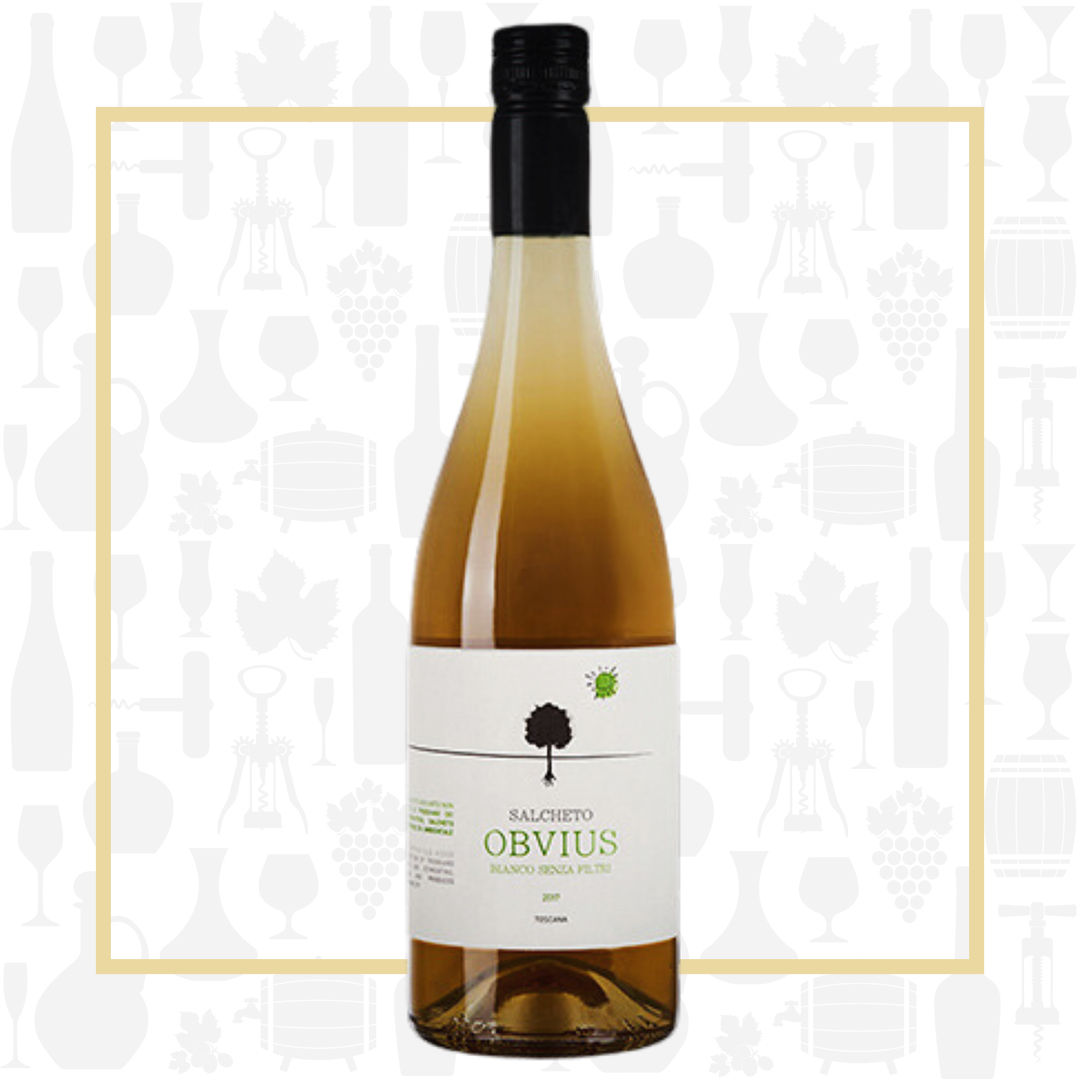Cellar Profile
Established in 1984, Salcheto is the creation of viticulturist and winemaker, Michele Manelli. Michele’s genuine passion for refined and delicate wines has propelled this tiny estate into one of Montepulciano’s top producers. His mission is simple and clear: seek quality, both in the vineyard and the cellar, with an unfailing respect for the character of the grapes. Manual collections, sulfite-free vinifications, native yeasts, “Tuscan Governo” method and large botte and tonneaux barrels are the tools used to produce wines that are elegant and soft, with pronounced aromas and uniqueness for each vintage released. Though lesser known than Chianti Classico and Brunello di Montalcino, Vino Nobile offers incredible value and an earlier drinking window for Tuscan wine lovers. Geographically situated between its more famous neighbours, Vino Nobile’s style takes the best from each—bright and supple, concentrated and powerful. Salcheto is an ‘off the grid’ winery operating one of the wine world’s only energy-independent cellar systems. Along with countless other environmental initiatives, this led to Salcheto being named Gambero Rosso’s Sustainable Winery of the Year in 2014. Their 50 hectares of organically- and biodynamically-farmed vines are planted with Prugnolo Gentile (Sangiovese), Canaiolo, Mammolo, Colorino, Merlot and Trebbiano. Their ‘Obvius’ lineup offers a clean, modern style of natural wines made from, as Michele puts it, ‘grapes only’.
Region
Toscana IGT is the most —and the most commonly used—of Italy’s Indicazione Geografica Tipica (IGT) titles. The geographical region it indicates is, in short, Tuscany. Toscana IGT wines can be made in any village in any of Tuscany’s 10 provinces (Arezzo, Firenze, Grosseto, Livorno, Lucca, Massa Carrara, Pisa, Pistoia, Prato and Siena). In 1992, the Italian government introduced a new wine classification category: Indicazione Geografica Tipica (IGT). This successfully introduced a mid-ground between the highly regulated DOCG and DOC classifications and the lowly, unregulated Vino di Tavola. IGT wines are created with the bare minimum of restrictions required to ensure quality wine production: they bear a vintage statement and producer name; they must be made from at least 85% of the grape variety; and the region of origin must be stated on the label.
Vineyard
Trebbiano from the Poggio Piglia estate, blended with some Vermentino, made in collaboration with the biodynamic estate Incontri from Suvereto.
Winemaking
Spontaneous fermentation from native yeasts in stainless steel tanks and then matured for four months, 70% in steel and 30% in wood. It is left unfiltered with no added sulphites. There has been no manipulation or additions to the wine. It is 100% natural, “just the grapes”.
Varieties
Trebbiano is an Italian wine grape, one of the most widely planted grape varieties in the world. It gives good yields, but tends to yield undistinguished wine. It can be fresh and fruity, but does not keep long. Also known as Ugni Blanc, it has many other names reflecting a family of local subtypes, particularly in Italy and France. Vermentino is a white-wine grape grown in various locations around the western Mediterranean including northwestern Italy, southern France and the neighbouring islands of Corsica and Sardinia. It goes by various names, among them Pigato in Liguria, Favorita in Piedmont and Rolle in Provence, although there is long-standing disagreement over which of these are synonyms of Vermentino and which are distinct varieties in their own right. Whatever the truth, Vermentino wines, Pigato wines, Favorita wines and Rolle wines have a lot in common, most obviously their refreshing acidity and attractive aromas of peach, lemon peel, dried herbs and a whiff of saline minerality.
Tasting Notes
Light straw yellow colour in the glass. Delicate aromas of white fruits and mineral. The taste is fresh, juicy and very fruity, but also very drinkable.

